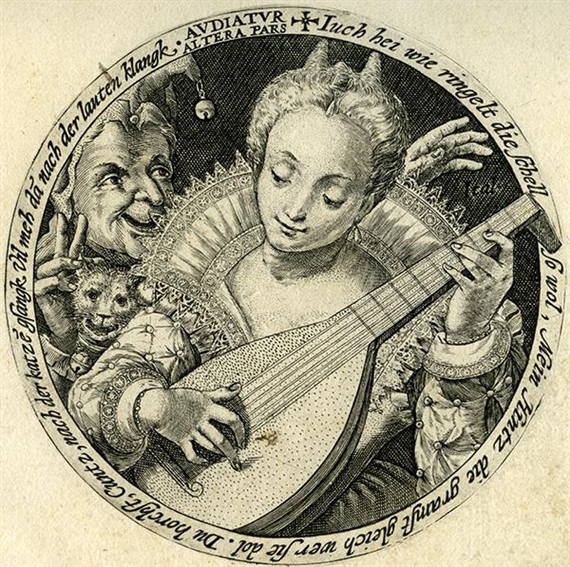A Rich Tradition. Two Centuries of Netherlandish Printmaking from Private Collections
From 1 October to 24 January 2016, the Rembrandt House Museum is exploring the phenomenal development of printmaking in the Low Countries in the sixteenth and seventeenth centuries and RembrandtвҖҷs role in it. The exhibition is based on a selection of eighty prints lent by private collectors.
The exhibition features prints selected from the collections of three individuals who have been generous enough to share some of their prints with a wider public. These collections have been amassed in the last thirty-five years. All three specialize in sixteenth- and seventeenth-century prints, but each has its own particular emphasis. Complementing one another, they provide a splendid overview of Netherlandish printmaking in those centuries. Together the three collections contain around 1,300 prints. The selection of these eighty prints was based on the story the Rembrandt House wants to tell.
The earliest prints in the exhibition date from the early sixteenth century: woodcuts by Jacob Cornelisz van Oostzanen and Jan Wellens de Cock, and engravings by the renowned Lucas van Leyden. Antwerp was the birthplace of printmaking. It was where Pieter Bruegel the Elder put his inventions into print, making them available to a wide public. During this period the landscape became a subject in its own right. However the elegant figures depicted by Jan Saenredam and Hendrick Goltzius remained rooted in the tradition of sixteenth-century Mannerism.
The greater freedom offered by the etching needle inspired a generation of Haarlem-based artists, among them Esaias van de Velde. In Leiden Rembrandt and Jan Lievens swiftly raised etching to a high standard. It is the painterly effects they achieved that make their etchings so appealing. Their contemporaries made advances in many areas, notably in the вҖҳmodernвҖҷ category of scenes of everyday life, where the mezzotint technique led them in an entirely new direction.

Recommended for you
From 1 October to 24 January 2016, the Rembrandt House Museum is exploring the phenomenal development of printmaking in the Low Countries in the sixteenth and seventeenth centuries and RembrandtвҖҷs role in it. The exhibition is based on a selection of eighty prints lent by private collectors.
The exhibition features prints selected from the collections of three individuals who have been generous enough to share some of their prints with a wider public. These collections have been amassed in the last thirty-five years. All three specialize in sixteenth- and seventeenth-century prints, but each has its own particular emphasis. Complementing one another, they provide a splendid overview of Netherlandish printmaking in those centuries. Together the three collections contain around 1,300 prints. The selection of these eighty prints was based on the story the Rembrandt House wants to tell.
The earliest prints in the exhibition date from the early sixteenth century: woodcuts by Jacob Cornelisz van Oostzanen and Jan Wellens de Cock, and engravings by the renowned Lucas van Leyden. Antwerp was the birthplace of printmaking. It was where Pieter Bruegel the Elder put his inventions into print, making them available to a wide public. During this period the landscape became a subject in its own right. However the elegant figures depicted by Jan Saenredam and Hendrick Goltzius remained rooted in the tradition of sixteenth-century Mannerism.
The greater freedom offered by the etching needle inspired a generation of Haarlem-based artists, among them Esaias van de Velde. In Leiden Rembrandt and Jan Lievens swiftly raised etching to a high standard. It is the painterly effects they achieved that make their etchings so appealing. Their contemporaries made advances in many areas, notably in the вҖҳmodernвҖҷ category of scenes of everyday life, where the mezzotint technique led them in an entirely new direction.
Contact details













